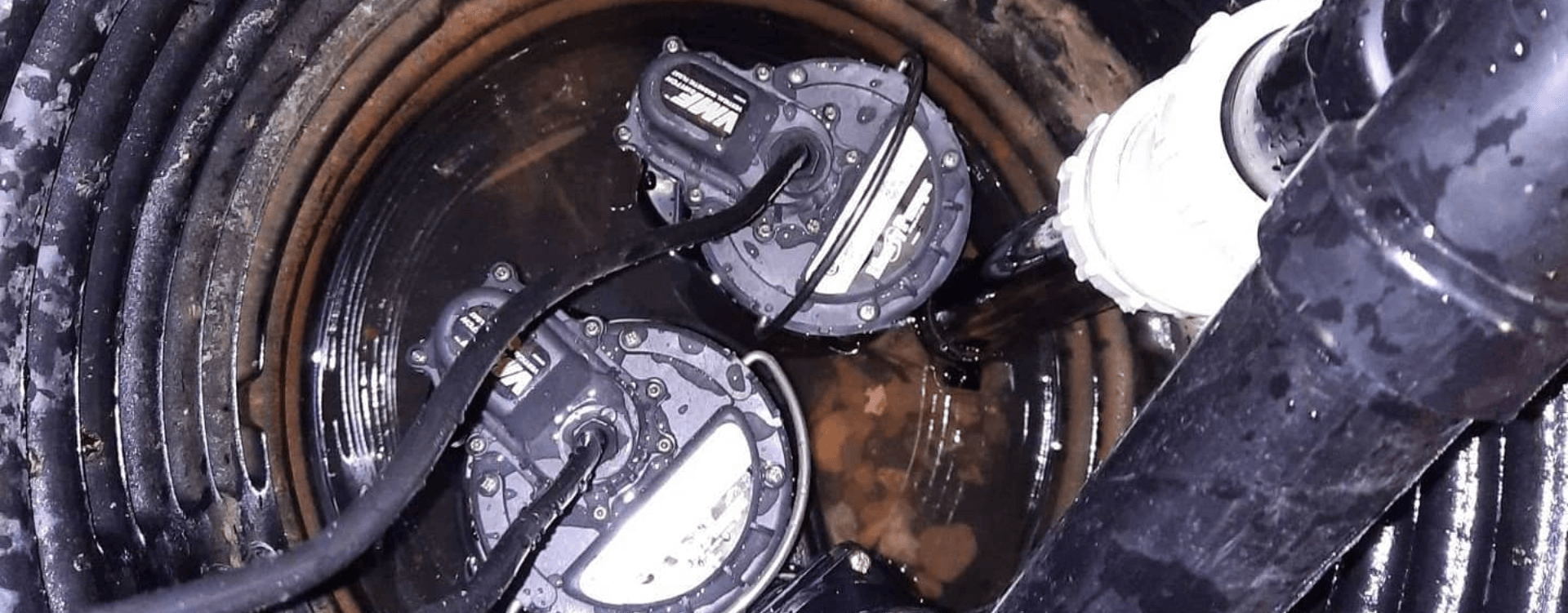How to perform a septic inspection
If your system fails you may end up seriously polluting the environment. Surface leaching and underground leaks can make their way into water systems and underground aquifers.
If your system fails the government will require you to replace it completely as well as incur any costs associated with cleaning up contaminated soils and water. This is why its highly recommended to inspect your system regularly to make sure it is working properly.
So how do you perform a septic inspection? Well, start by looking for the following tell-tale signs of a failing system:
- Drains that empty slowly
- Sewage backing up into the house
- Wet and smelly spots in the yard
- Problems with the drains when it rains
- You have to pump the tank frequently – more than once a year
- If grass appears greener around the septic tank
Using dye tablets
An easy way to perform a septic inspection is to use the dye tracer tablets. These are septic-friendly tablets that you can flush into the system. If your septic system has a problem, the dye will appear on the grass around your drainfield.
Professional septic inspection
To truly get a sense of how your septic system is performing you may need to call in a professional. At Cardinal, we offer 3 stages of septic inspection. A basic visual and overview, a thorough inspection which includes using a camera on your drain lines and an Advanced inspection where the tank gets pumped out so that a detailed visual inspection of the entire tank as well the above-listed services.
Common septic tank problems and how to solve them
Hydraulic overload
Problem: Hydraulic overload is when too much water is delivered to the septic tank at a single time. When the tank receives too much water, it is forced to release wastewater prematurely into the drain field. This leads to effluent surfacing in the yard or backups in the house.
Solution: Avoid using too much water in one day and fix any leaks in the fixtures as soon as you notice them.
Improper maintenance
Problem: Lack of maintenance is the most common cause of early septic system failures. If you do not clean the outlet filter regularly, it might get clogged causing failure of the entire septic system.
Solution: Make sure to pump your septic tank after a couple of years or as is needed.
Poor design and installation
Problem: Different locations have different soil types, bedrocks, groundwater levels, and gradients. When designing the septic system these all have to be taken into account. If not it will lead to the design of a system that will cause lots of problems for the owner.
Solution: For best results, the septic system must be designed and installed as per the unique requirements of the property. Consult a qualified designer and make sure to have an up to date soil sample taken on the proposed installation site.
Physical damage
Problem: Driving, paving or constructing over the septic tank can result in damage of the septic tank. The tank or the pipes might shift or break and this will result in the failure of the system.
Solution: Avoid driving, construction or any other physical activity that might place pressure above and around the septic tank
Using harmful products
Problem: Most septic system owners unknowingly use lots of harmful products. Products like bleach, solvents, detergents, drain washers, antibacterial soaps are made from chemicals that can harm the bacteria and enzyme population in the septic tank.
Solution: Avoid using products that might harm your septic system. Switch to natural products or reduce usage as much as possible.
Flushing non-biodegradable items
Problem: Apart from human waste, the only other thing that is safe to flush in the toilet is tissue paper. Homeowners will flush all types of harmful things such as: condoms, floss, hair, expired pharmaceuticals, and facial tissue. These products will damage the bacterial colonies and can even clog up the pipes.
Solution: Do not flush anything in your toilet apart from human waste and tissue paper.
Root damage
Problem: Roots are very intrusive and they will force themselves into the pipes thereby leading to a clogged system. Roots can also burst the pipes as well as cause damage to the septic tank causing leakage.
Solution: Avoid planting trees and shrubs near the septic tank.



